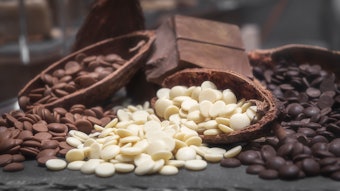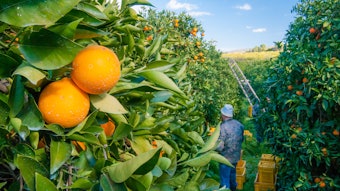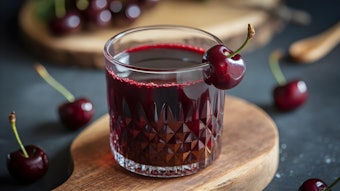Sometimes even the most interesting raw materials can seem, at first sight, to be rather mundane and uninspiring. For example, at first sight diethyl succinate (FEMA# 2377, CAS# 123- 25-1) can seem to be little more than a weak and ineffective alternative to ethyl butyrate and many other low molecular weight aliphatic esters. The character is very mild, predominantly fruity, with hints of leaf green and cooked apples.
Because diethyl succinate is a diester, it has a relatively high molecular weight for a chemical with such a light, fruity aroma character. Interestingly, it is also relatively polar for a flavor chemical with such a high molecular weight. Both these attributes point toward an enhanced taste effect compared with simple aliphatic esters with similar odor character, and this is in fact the case. Diethyl succinate is useful primarily because it subtly deepens and rounds out taste effects. It also is useful in applications involving heat because it is much more heat stable than most ingredients with a similar odor profile.
Several other diesters on the FEMA GRAS list have somewhat similar properties, most importantly diethyl malonate (FEMA# 2375, CAS# 105-53-3) and dimethyl succinate (FEMA# 2396, CAS# 106-65-0). Both are useful but marginally less so than diethyl succinate. More recent diester additions have distinctly higher molecular weights and serve a somewhat different function.










